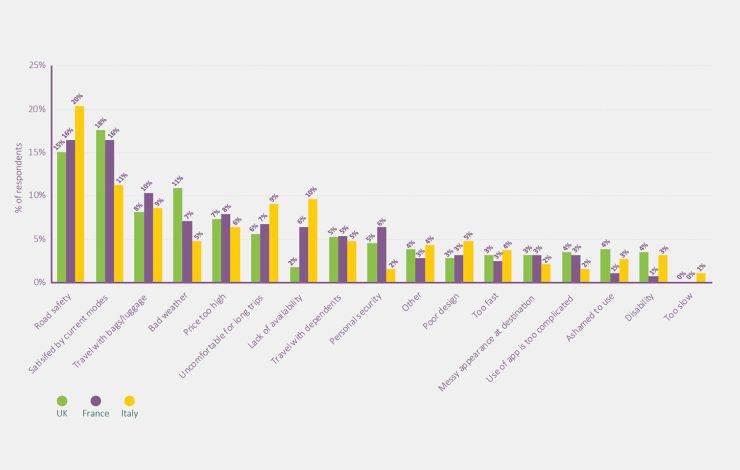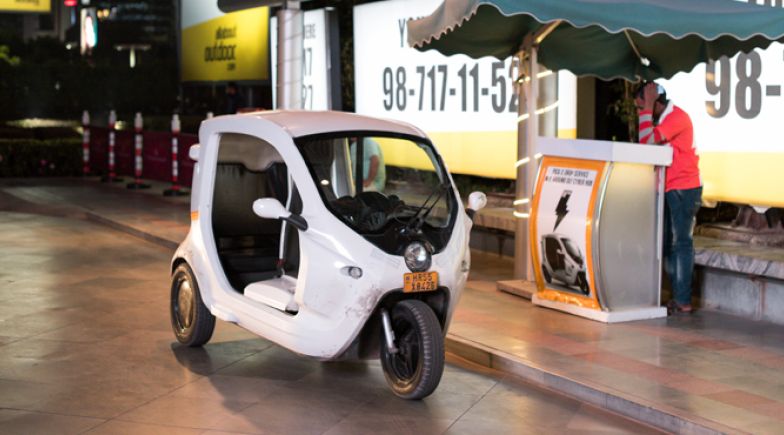To better understand the reasons for the gender gap in the use of shared e-scooters, Dott commissioned Steer to assess the current barriers experienced by women to their adoption and use of shared e-scooters.
Through the user research, literature review and interviews with industry experts, the study was designed to:
- Better understand the gender gap; and
- Recommend measures to reduce the gender gap.
How we helped
We performed the following tasks:
- A literature review to understand existing research on why there is a gender gap and what encourages or limits women’s use of shared e-scooters;
- Seven interviews with experts in gender inclusion topics in transport; and
- Surveys of women who do not use shared e-scooters and women who use Dott’s shared e-scooters were carried out in the UK, Italy and France.
Research findings
Our research identified the following results:
- There are a range of key differences in the way that women and men travel and experience transport:
- Women are more likely to be travelling with dependents;
- More women use public transport;
- Women are more likely to be travelling with bags;
- Women regard reliability more highly;
- Lower percentage of women’s trips are city centre community trips;
- Women are more likely to be trip chaining;
- The most important factor in the UK, Italy and France is road safety, followed by women being satisfied with their current transport modes and the need to travel with bags and luggage. The fear factor among women is largely attributed to the lack of cycling infrastructure to support shared micromobility, as opposed to the vehicles themselves;
- Women’s main reasons for not using shared e-scooters more often include:
- Price (number one factor discouraging women to use shared e-scooters more often);
- Road safety; and
- Operational issues such as lack of vehicle availability and lack of parking availability.








